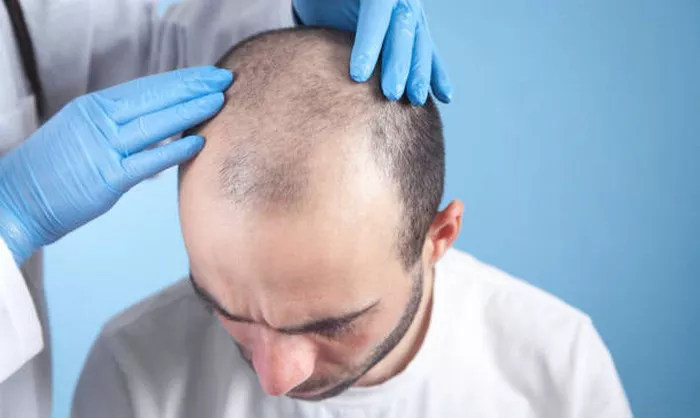Hair transplant surgery is a popular solution for hair loss, offering natural-looking results. However, the recovery process is a crucial part of achieving those results. In this guide, we’ll walk you through the hair transplant recovery timeline, what to expect at each stage, and tips to ensure a smooth healing process.
What Is a Hair Transplant?
A hair transplant is a surgical procedure that involves moving hair follicles from one part of the body (usually the back or sides of the scalp) to the balding or thinning areas. The two most common techniques are Follicular Unit Transplantation (FUT) and Follicular Unit Extraction (FUE).
Immediate Post-Op Recovery: The First 24 Hours
What to Expect Right After Surgery
After your hair transplant, you may feel some discomfort, swelling, or tightness in the scalp. This is normal. Your surgeon will provide painkillers and antibiotics to manage pain and prevent infection.
How to Care for Your Scalp
- Avoid touching or scratching the transplanted area.
- Sleep with your head elevated to reduce swelling.
- Follow your surgeon’s instructions for cleaning the scalp.
The First Week: Initial Healing Phase
Days 1-3: Rest and Recovery
During the first few days, rest is essential. Avoid strenuous activities and keep your scalp dry. You may notice scabs forming around the transplanted follicles—this is part of the healing process.
Days 4-7: Washing and Cleaning
Your surgeon will likely recommend a gentle washing routine to remove scabs and keep the area clean. Use a mild shampoo and avoid rubbing the scalp.
Weeks 2-4: Shedding and Early Growth
The Shedding Phase
Around two weeks post-op, the transplanted hairs may start to shed. Don’t panic—this is normal. The hair follicles remain intact beneath the skin and will eventually grow new hair.
Reducing Swelling and Discomfort
Swelling typically peaks around day 3-4 and subsides by the end of the first week. Applying cold compresses and taking prescribed medications can help.
Months 1-3: The Dormant Phase
What Happens During This Phase?
After the shedding phase, the transplanted follicles enter a dormant period. This is when the hair follicles heal and prepare for new growth. You may not see much visible change during this time, but the process is working beneath the surface.
Tips for Optimal Healing
- Avoid smoking and alcohol, as they can slow down healing.
- Eat a balanced diet rich in vitamins and minerals to support hair growth.
- Stay hydrated and avoid excessive sun exposure.
Months 4-6: Early Growth Phase
Signs of New Hair Growth
Around the 4-month mark, you’ll start to notice tiny hairs emerging from the transplanted follicles. These hairs may initially be thin and fine but will gradually thicken over time.
How to Care for Your New Hair
- Continue following your surgeon’s aftercare instructions.
- Use gentle hair products to avoid irritation.
- Be patient, as hair growth is a gradual process.
Months 7-12: Full Growth and Results
Visible Results
By the 7th month, your new hair will become more noticeable. The transplanted hairs will continue to grow, thicken, and blend seamlessly with your existing hair.
Final Results
Most patients see full results by the 12-month mark. The hair will look natural, and the transplanted area will be fully healed.
Long-Term Care and Maintenance
Maintaining Your Results
To maintain your new hair, follow a healthy lifestyle and consider using hair growth treatments like minoxidil or finasteride, if recommended by your doctor.
When to Consult Your Surgeon
If you experience unusual symptoms like excessive redness, pain, or delayed growth, contact your surgeon immediately.
Conclusion
Hair transplant recovery is a gradual process that requires patience and proper care. By understanding the timeline and following your surgeon’s advice, you can achieve the best possible results. Remember, every individual’s healing process is unique, so stay consistent and trust the process.
Related topic:

